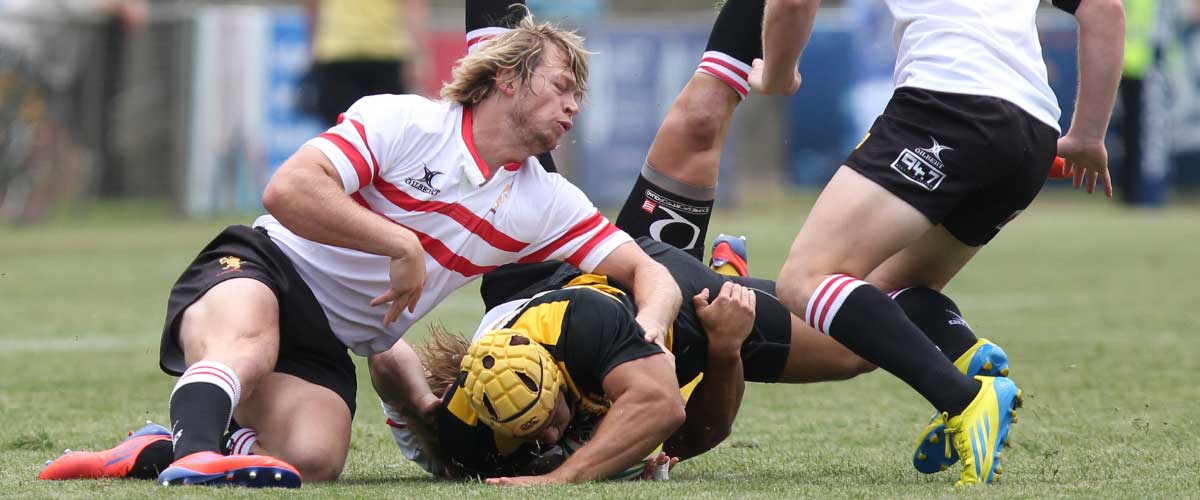
What is a shoulder separation or a separated shoulder?
A shoulder separation is an injury to the ligaments that connect the collarbone (clavicle) at the top of the shoulder, to the shoulder blade (scapula). The bones of the acromioclavicular joint (also called AC joint) are encased in cartilage, which along with strong coracoclavicular ligaments, reinforces and maintains the stability and movement of the shoulder. If an athlete suffers from direct blow or a fall to the shoulder, the impact can force the bones to separate or move away from each other. The result can cause the ligaments to stretch too far which results in a shoulder separation. Dr. James Mazzara is an orthopedic shoulder specialist who understands how important it is for athletes to get back in the game and to return quickly to their pre-injury levels.
Which sports cause the most shoulder separations in Massachusetts?
Individuals in Manchester, South Windsor, Enfield, Glastonbury and surrounding Hartford communities are more likely to have a shoulder injury if they participate in sports. Injuries that involve a sprain or strain are more common than a complete tear and are usually treated by a physiotherapist or team physician. Grade 3 shoulder separations occur when acromioclavicular and coracoclavicular ligaments are completely torn and noticeably out of position.
The sports which have the most shoulder separations are:
Rugby
According to the National Center for Biotechnology Information, there has been an increased frequency in shoulder injuries from rugby players in the past two decades.
Football
High school football accounts for nearly 480,000 shoulder injuries annually, meaning that it has the highest rate for shoulder injuries of any sport. Joint separation usually occurs when a player falls on their shoulder or in an attempt to break a fall with their hand.
Hockey
The most common causes of injury to a shoulder can result from a hard, direct hit to the shoulder from either another player or a from a crash into the boards of a hockey rink. Most of these types of injury can be treated without surgery.
Wrestling
A shoulder injury may occur if a wrestler falls onto the shoulder or takes a hard, direct blow to the shoulder. A bump may be visible if there is a shoulder separation.
Martial Arts
Shoulder separation may occur when one opponent lands on an outstretched arm or shoulder, causing the AC joint to separate.
MMA (Mixed Martial Arts)
Separation may occur due to a hard blow to the shoulder or an awkward landing when two fighters collide, and one lands on the shoulder. This may result in an AC separation.
What does a shoulder separation look and feel like?
- A bump may be noticeable in the front or back of the shoulder, depending on the severity of the injury
- Difficulty moving the arm, often accompanied by severe pain in shoulder and upper arm
What are the treatment options for an AC joint injury or a separated shoulder?
Treatment depends on the severity of the injury. Oftentimes, rest, ice, medication, and a sling are used instead of surgery. Often, these types of injury are able to heal on their own but it is always beneficial to seek out a specialist. Dr. Mazzara can guide the patient in the right direction based on their goals and overall activity levels. Early diagnosis and treatment may allow Dr. Mazzara the ability to use special Kevlar anchors and sutures to allow the patient to heal more naturally if surgery is indicated.
When can I return to contact sports after an AC joint injury?
Depending on the severity of the injury, Dr. Mazzara will give the patient a timeline of when they can return to their usual activities. Cases that are less severe may take two to three weeks, while more severe cases may take longer to heal.